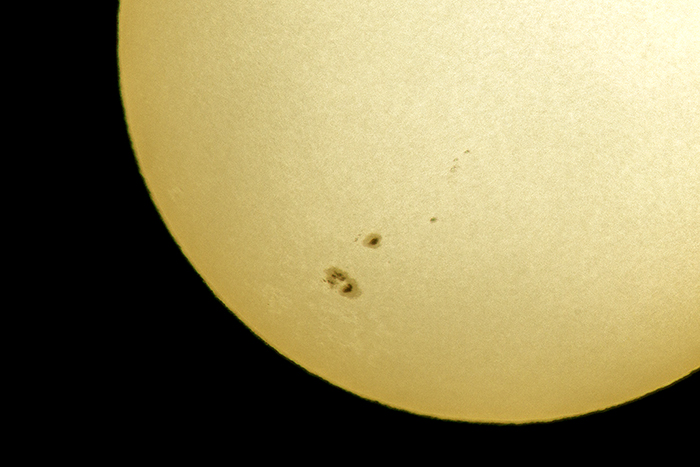International Astronomy Day is held twice a year, and the second one is coming up this weekend.
So today we’re talking about an astronomer who focused on the closest star to Earth: sunspot expert Hisako Koyama.
Koyama’s work is enormously important and influential, but in another way it’s as straightforward as it gets: thousands of drawings of sunspots.
Koyama got her first telescope from her father, and soon started making sketches of what she observed on the sun’s surface.
That led her to a job at the Tokyo Science Museum in 1946, where she sketched sunspot activity, day after day after day after day.
Her only tools were a refracting telescope, paper and writing implements.
Koyama made these observations for decades.
By the time she retired, she’d hand drawn tens of thousands of solar observations.
They were not only very useful, they were very timely.
We’re living in a time when a space weather event could knock out the electronics we use for almost everything.
So understanding the 11 year long solar cycle is more important than ever.
In recent years Koyama has won more and more recognition for her contributions to astronomy.
And while her colleagues didn’t name the Sun after her, in 2012 they did name an asteroid 3383 Koyama.
It was this month in 1982 that the band Toto released the song “Africa,” which is still played endlessly on classic rock radio.
And in the country of Namibia, there’s a remote spot where the song is literally played endlessly.
Artist Max Siedentopf installed six speakers and an MP3 player in the desert so that, as he put it, “Africa” the song would always be playing in actual Africa.
Hurry, friends, it’s waiting there for you!
This Japanese ‘hidden figure’ enlightened the world with her sunspot sketches (PBS NewsHour)
Africa by Toto to play on eternal loop ‘down in Africa’ (BBC)
Join our Patreon backers for just $1 a month and make this show happen, day after day after day

